The Ruby Throated Hummingbird spends her winters in southern Mexico and Central America and returns to Maine in late April or early May. She begins her journey north in February, arriving in southern Florida by late February or early March and follows the blooming of wildflowers up the eastern coastline. She travels as far north as southern Canada.
|
Today's photos are a series of shots taken of a Ruby Throated Hummingbird preening. I got these shots last summer when I spied her in the chokecherry tree. She spent several minutes cleaning and fluffing her feathers before continuing on with her day.
The Ruby Throated Hummingbird spends her winters in southern Mexico and Central America and returns to Maine in late April or early May. She begins her journey north in February, arriving in southern Florida by late February or early March and follows the blooming of wildflowers up the eastern coastline. She travels as far north as southern Canada.
0 Comments
Today's photos are closeups of snowflakes. They were all taken this year, most within the past couple of days. I thought it was only fitting to post them to remind people of how beautiful snow really is as we prepare for a massive nor'easter here in Maine tonight and tomorrow.
Someone mentioned to me the other day that they were surprised that snowflakes are clear like ice. Well, there is a good reason for that. Snowflakes are ice crystals and aren't really white at all. Snow looks white because the the ice does not absorb any color of light rays and reflects them all equally, explains Snow Crystals. When light enters a pile of snow, it bounces around from flake to flake and reflects all the colors of light. Objects that reflect all the light rays appear white to the eye. According to Professor Verlinde at Penn State University, there are approximately 5.2 quintillion (5,179,976,221,000,000,000) "pea-size" snowflakes in a snowstorm that deposits 5 inches of snow over a 2,000 square mile area. I'll let you do the math to determine how many snowflakes it takes to cover the State of Maine with 2 feet of snow. If you are mathematically minded, we'd love to hear from you. Feel free to calculate it for us and leave your answer in the comments! Tonight's Penumbral Lunar Eclipse wasn't very spectacular, but the halo that formed around the full moon was. I shot the halo and the full moon separately because they needed different settings. I then blended the two images so that both the moon and the halo would be in focus to reproduce what viewers could see with the naked eye.
Technically speaking, the circular image above is not really a halo. It is a weather phenomenon called a corona. A corona forms when high, thin clouds move across the front of the moon and the rays of light from the moon refract light from tiny water droplets or ice crystals in the clouds. A corona has the colors of the rainbow arranged in several concentric circles, while a true halo is a circle of white or light colored light around the moon. Today's photos are called iridescent clouds. The rainbow colors are caused when the sun shines through a cloud with very tiny ice crystals (or water droplets) inside. If the ice crystals are larger it will create a halo instead of rainbow colors. The colors are usually seen in thin clouds or along the outer edges of the cloud.
Today's photo is a family of whitetail deer wandering along an old dirt road in search of some tasty buds to eat. I captured these this morning while on a walk down the road near my home. It appears to be a doe with two of last year's fawns (not quite a year old yet) and a yearling (between 1 and 2 years old) from the previous year. I'll be checking the area out again tomorrow to attempt closer shots.
Today's photo is a wild black eyed Susan (Rudbeckia hirta) that I found along the roadside last summer. While these are a common sight in Maine in mid to late summer, this one is unique because it has a double bloom. The wild black eyed Susan typically has a single bloom with one layer of petals and looks like a yellow daisy with a brown center. Cultivated varieties of Rudbeckia come in a variety of colors with both single and double blooms. Some cultivated varieties produce bright, variegated flowers with rich shades of brown or bronze radiating from the center.
Today's image was created with a photo filter to transform the photo. This filter is from Lunapic and is called Floating. Although there are many photo apps and filters available to drastically change the appearance of a photo, I don't use them often. I am not usually a big fan of altering original photos, but I think this one has a lot of potential for creating images for a magical storybook for children. I would love to hear your thoughts and reactions to this image!
I typically share one of my photos when I post, but I'd like to do something a little different today. As many of you know, I am working on a series of children's books called "In My Backyard". I have published "Who Lives in My Backyard" and "Garden Spiders Live in My Backyard" and have several more in the works.
Some people have asked me why I focus on children's books instead of selling prints or books for adults. My answer is two-fold. I like to think that my books are for adults as well as children. Each contains detailed images of common sights in a typical Maine backyard that can be appreciated by adults, but they also contain information to entertain and educate young readers. Which brings me to the second reason I write for children. I believe that children should be exposed to the world them (including their backyard) in a way that is meaningful to them. As a parent and a former teacher, I have often encountered children's books that miss the mark when it comes to accuracy. Whether it is as simple as a graphic of a toad accompanying text about a frog or poorly-designed graphics that don't provide valuable information to the reader, these errors negatively affect children's learning. That's why I am committed to providing real-life photos to illustrate my books. This series will grow with your child as he learns about the natural world around him. The very young can enjoy the photos, while older children will learn basic facts about the natural world. It is my hope that my books will inspire children (and adults) to become more observant and develop a respect for the earth and all its inhabitants. These books are ideal as gifts from parents and grandparents, but they are also an excellent choice for reading libraries in elementary school or as supplements to the science curriculum. If you know a child who could benefit from one of my books, add it to your gift list. But don't overlook giving this book to your favorite teacher or even to vacationers who visit Maine each year. Please take a moment to help me spread the word about my books by sharing with friends and family or anyone who you think would benefit from the books. Today's slideshow contains snowflakes in varying stages. The first two images are of tiny snowflakes just beginning to form. You can see both plates and columns that make up the structure of a snowflake. To the naked eye, these 'snowflakes' look like small specks of ice. The third and fourth photo are of small snowflakes that have already formed. These snowflakes often fall in clumps (called aggregate snowflakes) and look like huge snowflakes falling to the ground, but they are really groups of snowflakes that stick together and fall together. The final photo is a fully-formed snowflake. These are the snowflakes you see sparkling on top of the snow.
According to About Education, typical snowflakes range in size from the width of a human hair to nearly the size of a penny. Some reports claim that individual snowflakes can be as large as 3 to 4 inches across. One eye witness from Fort Keogh, Montana in January 1887, claims to have measured an aggregate snowflake that was 15 inches across. The size and shape of a snowflake depends on the temperature in the clouds and the humidity level in the air. Generally, high humidity and low temperatures cause intricate or elaborate snowflakes to form. In the photos above, the small snowflakes fell at the beginning of the storm and the fully-formed snowflakes fell later in the day as the temps outside dropped. If you are interested in how snowflakes form and grow, check out Snow Crystals. It provides several videos of snowflakes as they form. The snowflakes in the videos have been grown and filmed in a lab. If you found this information interesting and like the photos, don't forget to share it with your friends or to leave me a comment. |
Archives
November 2021
|

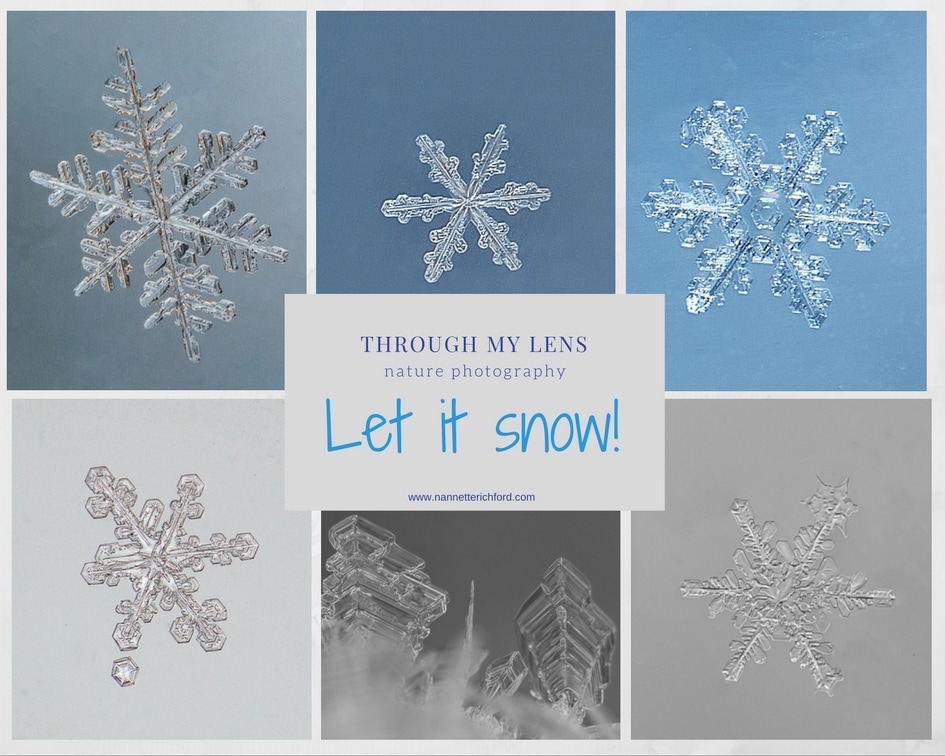
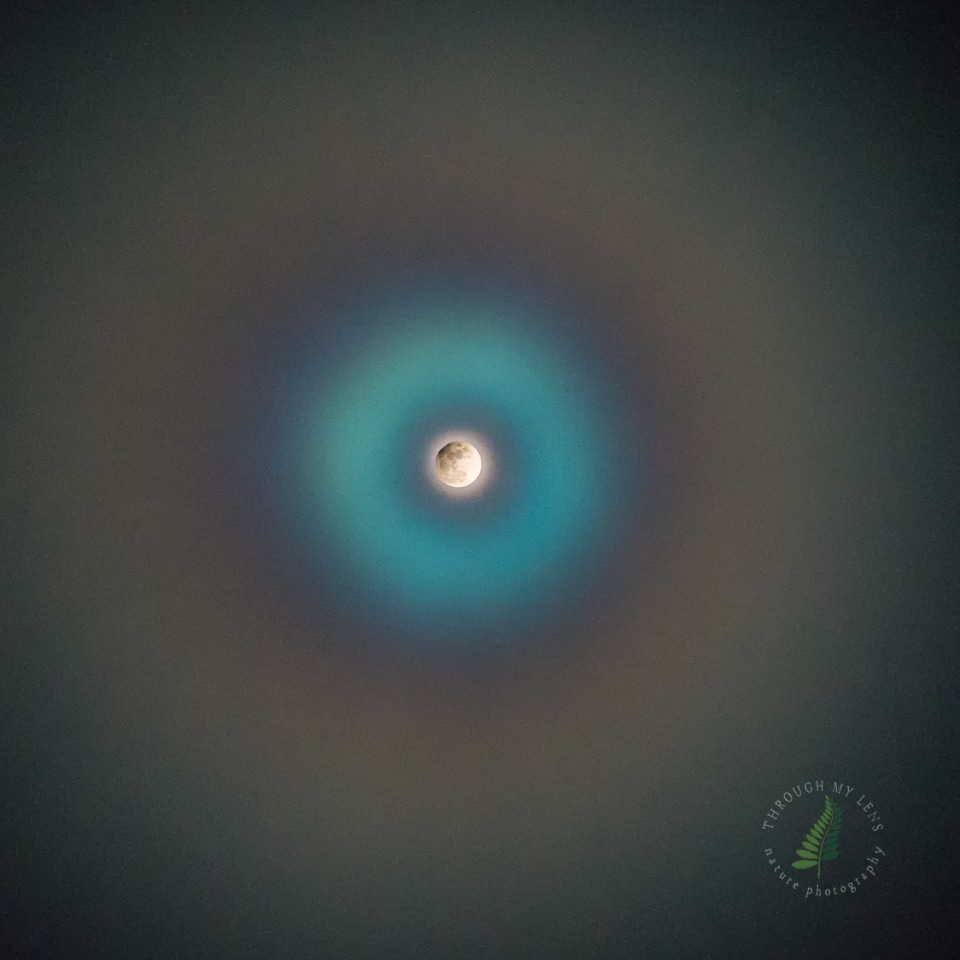
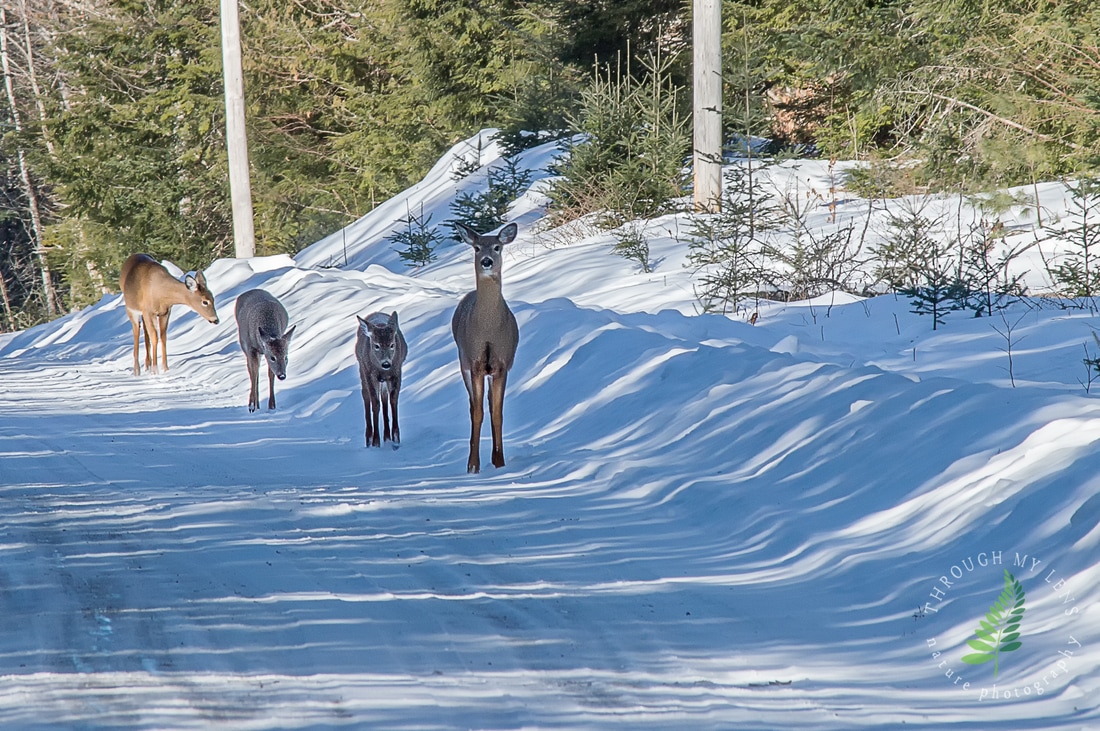
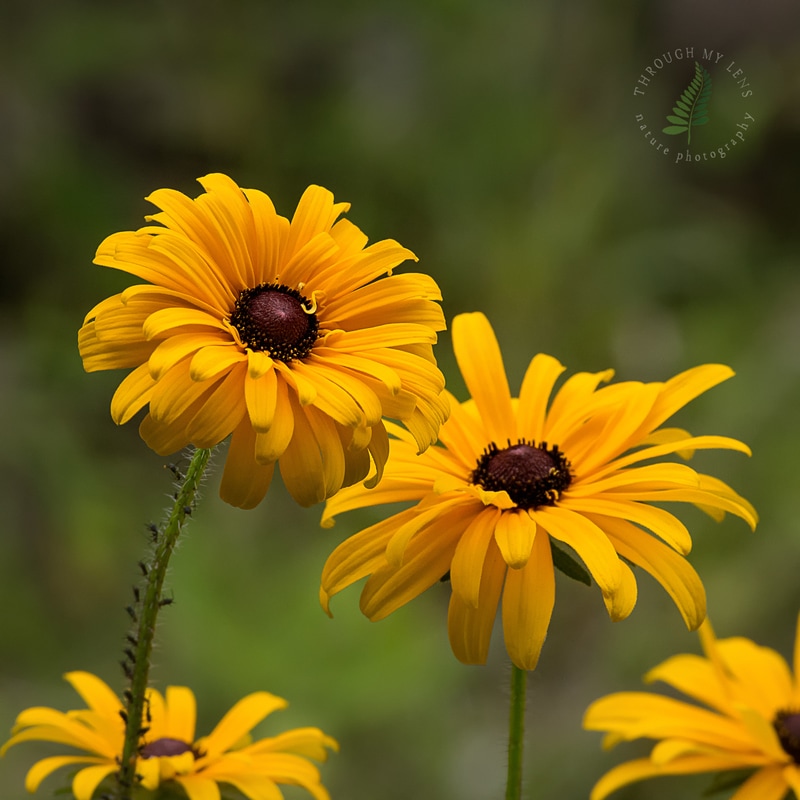
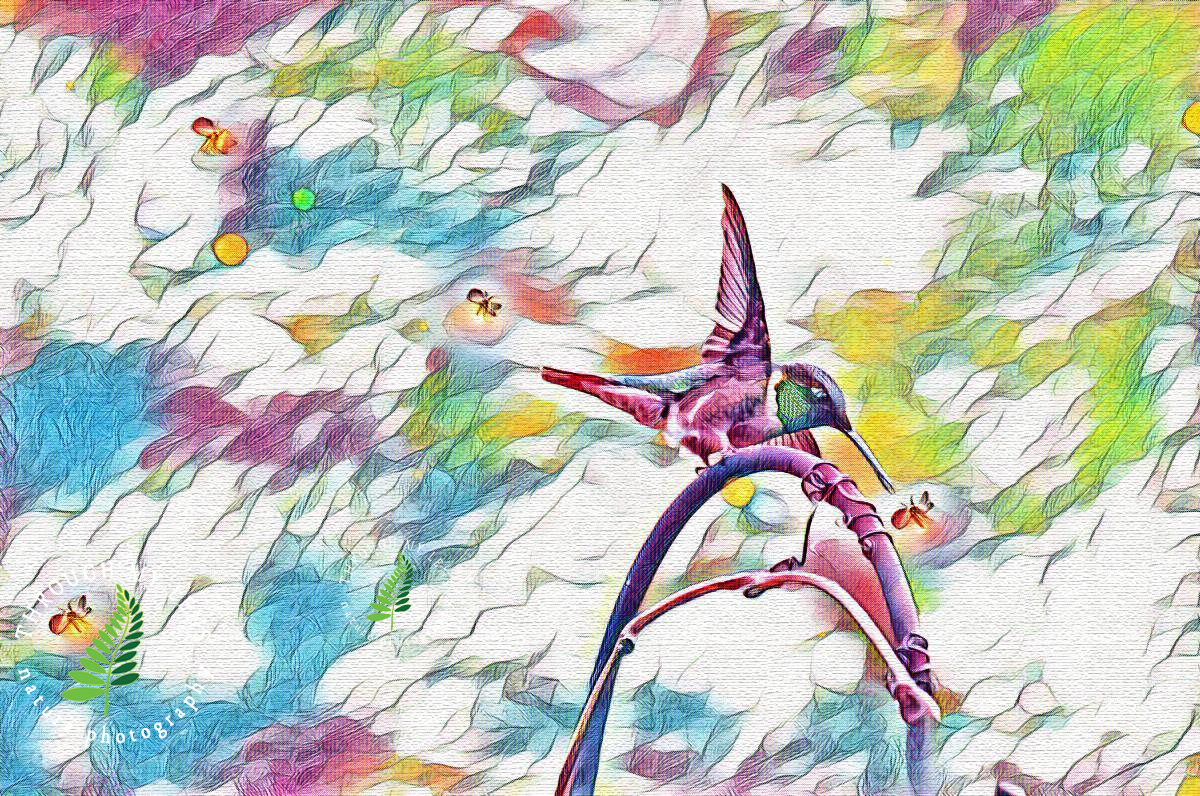

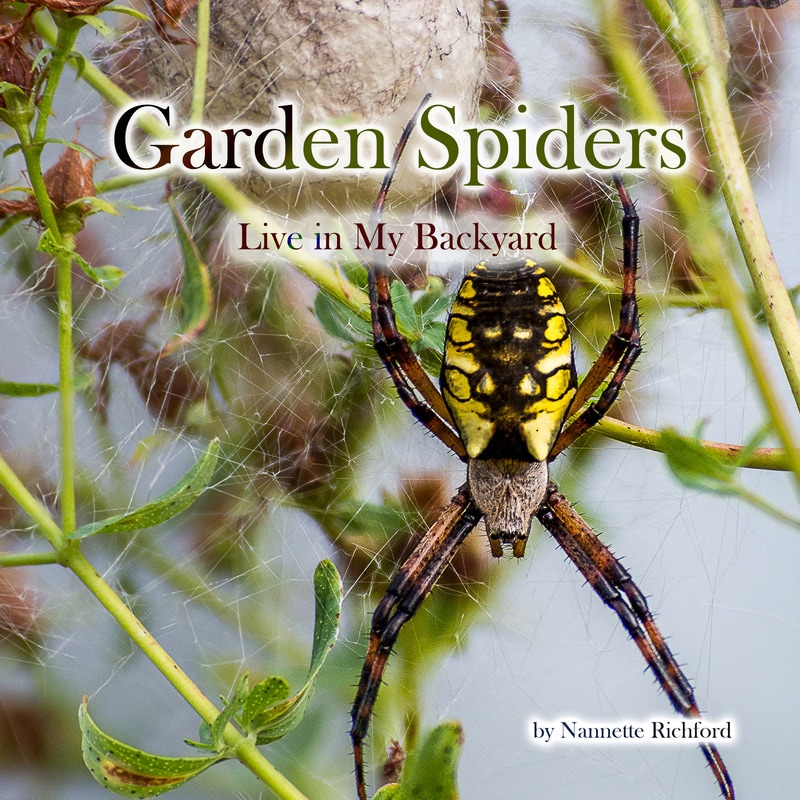
 RSS Feed
RSS Feed